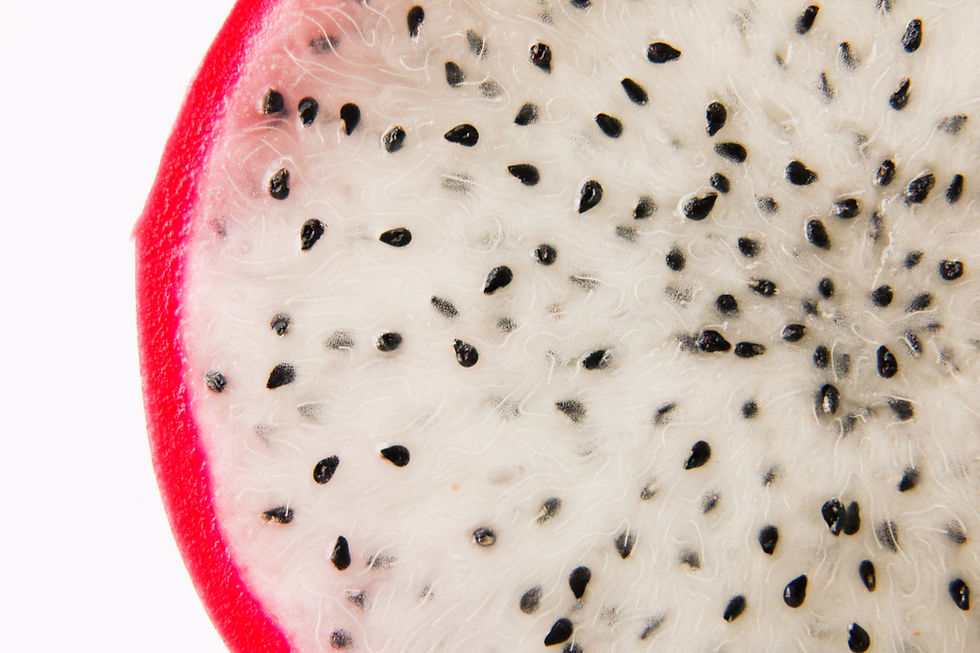The wonder fruit
- Martin Ford
- Feb 8, 2024
- 2 min read
The many amazing fruits of trees—and the pleasure that eating these gifts brings
There are many fruit-bearing trees such as orange, lemon, apricot, plum, apple, pear, mango, guava, avocado, olive, palm oil, date and countless others. And then there are all the nuts which are fruits encased in a woody shell—almond, pecan, walnut, Brazil nut, cashew, hazelnut, etc. Most of these are familiar to northern diets but when I spent time living in Brazil, I was amazed at how many fruit juices were created from local fruits those of us outside of tropical countries have never heard of.

In so many parts of the world we find trees creating unique fruits or nuts, each of which becomes its own special ‘wrapped’ gift to whoever has the pleasure of unwrapping it.
When we envisage an orange, we know that we must peel it to be able to get at the juicy flesh and, with the navel orange variety, this is relatively easily done due to the ‘airy’ layer below the skin. The fruit's outer structure protects the segments carrying the seed as it grows to maturity.
However, this ‘skin’ has many types of cells carrying strong chemicals which the plant creates to deter pests and diseases—and so is not palatable (bitter) to us except when we turn the peel into marmalade or shred it in small amounts on our desserts. And once the internal structure is revealed, we are able to divide each segment, which has its own ‘skin’ surrounding a collection of juice droplets, each of which are also encased in a fine membrane. So now we have one specific type of outer cell that is the rind separated by inner ‘dry’ cells from the fleshy segments below. Then a third grouping of cell types surrounds each fruit segment and, within the segments themselves, is a thin skin cell type in the form of tiny sacs that further divides each fruit droplet. Within each sac is a fifth type of cell formation, that of the orange liquid or juice.

In addition, there is a fruit's central core cells which have transported all the elements and energy through the stem that is attached to the tree's vascular system at the branch connection. These ‘veins’ within the tree bring energy, water and minerals from the leaves to the fruit (orange) but the major resources come from deep within the soil through the roots and mycorrhizal system which has a symbiotic relationship to the tree.
The fungi, which make up the primary part of mycorrhizae, are another cell type which trade off their ability to grow rapidly and find water and soil nutrients in exchange for the carbohydrates (energy givers) that the tree generates in its leaves. This cooperation enables the fungus, with its speed and adaptability, to explore the resources of the soil while the tree can focus on ‘making’ the fruit formation and thus have seeds within each fruit ready to be spread by animals and birds before winter.

So, when we look again at a fruit and realize just how many different cell types cooperate to form such a complex structure, we wonder how all this becomes organized and completed with such precision. It is a wonder to us each time we enjoy the gift of a fruit. And then there are nuts, which are a whole new set of cell types! And then again there is also the knowing that each fruit or nut began the previous autumn when buds were formed, over-wintered, and emerged into the incredible cell structures of a flower ... but that’s another wonder to be discovered.





Comments